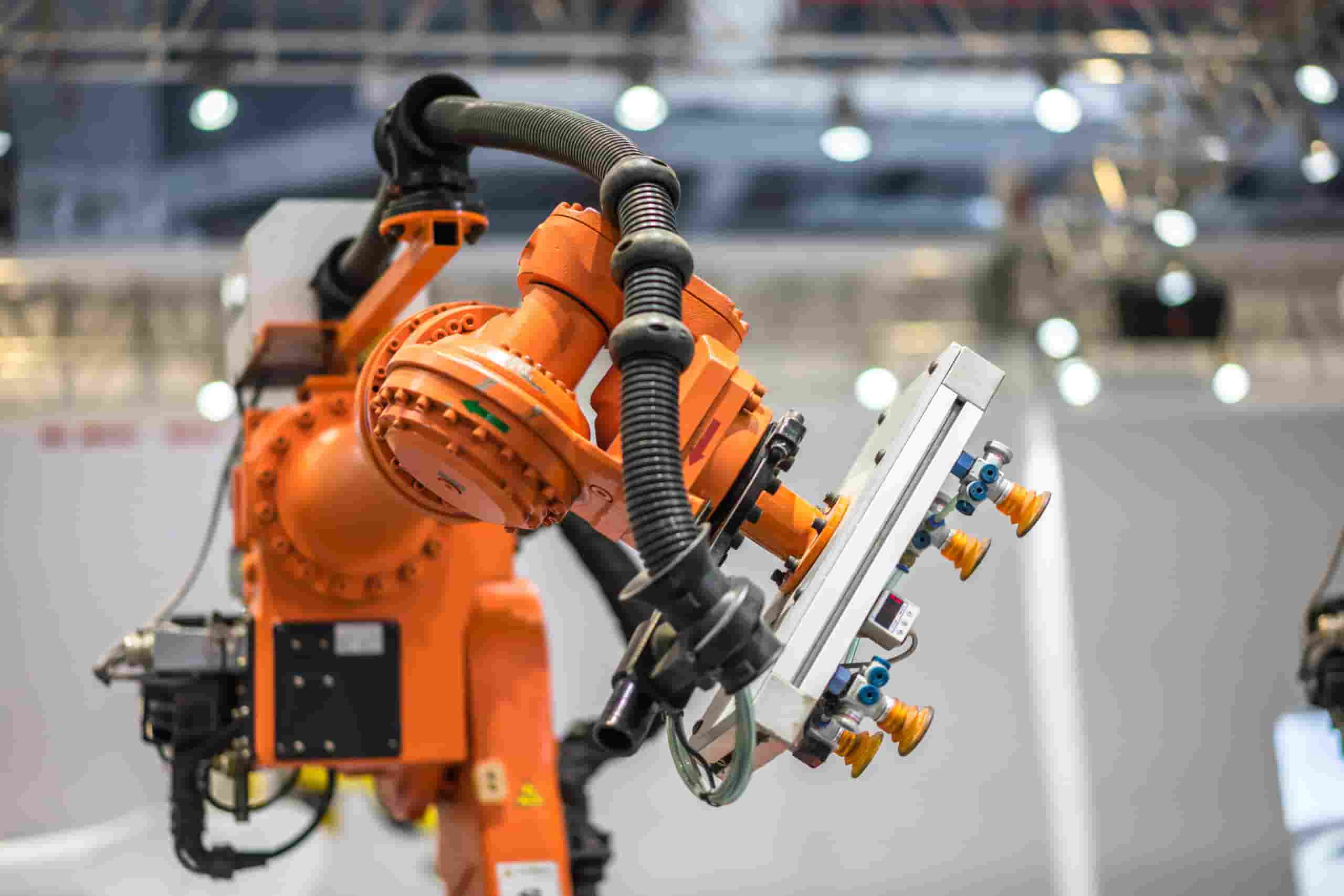
In March we announced that the ARM Board of Directors had appointed Ira Moskowitz as our new CEO. Ira’s start date was slightly delayed as he had been tasked by the Commonwealth of Massachusetts to organize and coordinate a state-wide effort to create new supply chains for masks, respirators, gowns, ventilators and other products to combat the COVID-19 virus.
As of today, Ira is officially on-board! Get to know Ira below in this month’s Five Question piece.
Ira, we are delighted to welcome you to ARM as our CEO. You come to us from Massachusetts where you previously served as Director of Advanced Manufacturing Programs for the Massachusetts Technology Collaborative. Why did you choose to pursue and accept the CEO role at ARM?
In my previous position, I had the pleasure of meeting and working with a number of the ARM staff since early in the Institute’s inception. I was already impressed by the team and their government support group before I was contacted about this job, and I felt they had done an exceptional job positioning ARM as a catalyst for robotics manufacturing and workforce education.
I spent over thirty years managing semiconductor technology development and manufacturing operations. Semiconductor processes are heavily dependent on both automation and workforce training, so ARM’s focus has been in my blood for my entire professional life. It was almost as if my trajectory had led me to this position, and it really arose at a perfect time in my career. I am honored to have been selected.
ARM is one of 15 Manufacturing USA® Institutes, and one of 8 funded directly by the Department of Defense. Why are these institutes important to the US Government, and the nation overall?
The US is a worldwide leader in innovation by virtually any metric. Our nation has incredibly creative engineers and scientists and the best universities and research labs. We have invented many of the world’s most disruptive products. However, innovation and manufacturing are heavily intertwined. We develop brilliant products, but in many cases the knowledge that is gained by manufacturing them leads us to the next generation of innovations; we learn a tremendous amount about products and their interrelation with their manufacturing processes when we make them ourselves. We cannot maintain our technological leadership if we continue to innovate here but send our manufacturing offshore.
The concept of the Manufacturing USA® Institutes is spot-on; they foster and accelerate the adoption of transformative manufacturing technologies and worker education so that we do not lose our manufacturing prowess. In addition, the most impactful innovations are those that arise in the intersections and in the convergences; the Institutes are key enablers for such collaboration and knowledge sharing. They are this country’s most important structure for facilitating these partnerships and ushering in the next generation of manufacturing companies and workers.
What is your vision for ARM relative to its impact on manufacturing for both the industrial base and the warfighter?
My vision for ARM is to demonstrate that we are the most vital entity for insuring the future role and value of robotics, automation, and AI in US manufacturing. I want to help ARM pursue additional opportunities of even greater impact on U.S. manufacturing and fulfill the vision of this partnership between industry, government, and academia. ARM is in a unique position to connect the entire robotics manufacturing community – companies, academia, federal government, state governments, non-profits, industry associations, the MEPs, the new venture community, labor, industry groups, etc. I know of no other entity that can drive such intersections and partnerships in robotics and automation more effectively than ARM. My goal for ARM is that it uniquely leverages the entire manufacturing ecosystem to secure robotics leadership for its members, for the warfighter and for the nation, and help create and sustain new and rewarding jobs, particularly for our factory workers that are so critical to our manufacturing success.
The pandemic has delayed your move to ARM’s headquarters in Pittsburgh, PA. As a long-term Boston, MA resident, what are you most looking forward to as a new Pittsburgher?
Given that the Red Sox appear to be spiraling downwards and the Patriots have lost Tom Brady, I am looking forward to finding some new teams! (Don’t tell anyone in Boston I said that, though!) Seriously, we have been visiting Pittsburgh frequently for the last five years because my son lives here, and we have been impressed by the performing arts, the museums, the restaurants, the sports, the outdoor recreation opportunities and most importantly how friendly everyone seems to be. This was a key factor in my pursuing this position when I was first approached, and we are looking forward to integrating into this new community.
What is something about you that most people don’t know that you’d like to share?
I’m a serious musician and play a large awkward instrument, the string bass (think 40-50 pounds of bulky wood spread over a length of about 6 feet!) I typically play in community orchestras but when I was young, I played a lot of jazz. I hope to be joining a community orchestra again in Pittsburgh after I am settled.
Read our press release about Ira’s appointment as ARM CEO here.
ABOUT ARM
The Advanced Robotics for Manufacturing (ARM) Institute catalyzes robotics and workforce solutions to strengthen the US industrial base. Structured as a public-private partnership, ARM is funded by the Department of Defense and works with its 240+ member organizations that span government, industry, and academia to secure our nation’s future. The ARM Institute is part of the Manufacturing USA® network. Learn more at www.arminstitute.org.
